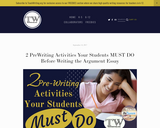
This resource details prewriting strategies for students to employ when writing arguments.
- Subject:
- English Language Arts
- Material Type:
- Lesson Plan
- Provider:
- Teachwriting.org
- Author:
- Teachwriting.org
- Date Added:
- 04/23/2019

This resource details prewriting strategies for students to employ when writing arguments.

This resource accompanies our Rethink 7th Grade ELA course. It includes ideas for use, ways to support exceptional children, ways to extend learning, digital resources and tools, tips for supporting English Language Learners and students with visual and hearing impairments. There are also ideas for offline learning.

This parent guide supports parents in helping their child at home with the 7th grade ELA content.
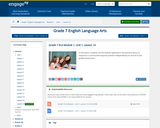
In this lesson, students use the evidence gathered in the previous lesson to respond to a constructed-response question independently for an End of Unit graded Assessment.
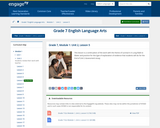
This lesson is a continuation of the work with the theme of survival in A Long Walk to Water and practice for the type of explanation of evidence that students will do for the End of Unit 2 Assessment essay.
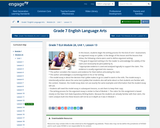
In this lesson, students begin the writing process for the End of Unit 1 Assessment, an argument essay on Lyddie.
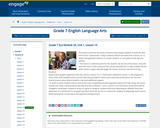
In this lesson, students will decide and write the claim for their essay and the reasons they will use to support their claim.
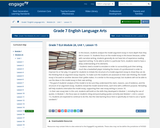
In this lesson, students analyze the model argument essay in more depth.
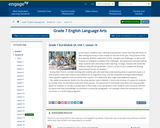
In this lesson, students start a Writing Improvement Tracker that they will return to after writing the essay in each module for the rest of the year.

In this lesson, students begin the draft of their essay about Lyddie. The lesson also includes peer critique.

In this lesson, students develop, weigh, and choose the reasons that will lead to the claim they will make in their argument essay.
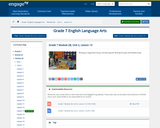
In this lesson, students begin the writing process for the End of Unit 2 Assessment, an argument essay on Pygmalion.
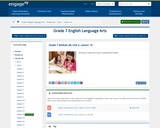
In this lesson, students analyze the model essay in more depth than in Lesson 13.

This lesson moves students forward from the task of developing claims and reasons for their argument essay on Pygmalion to finding, clarifying, and organizing evidence for their claim and reasons.
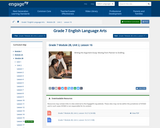
In this lesson, students look back at the model essay for some final analysis that will help them bridge the gap from the essay planner to the essay draft; in particular, how to write a conclusion, use transitions, and use a formal style.
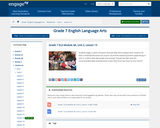
This lesson begins a series of lessons that will help them prepare their research for both a Fishbowl discussion (in Lesson 16) and the eventual position paper/essay in Unit 3, in which they will answer this prompt: “Should the AAP raise the recommended daily entertainment screen time from two hours to four hours?”
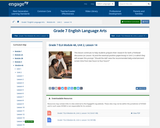
This lesson continues to help students prepare their research for both a Fishbowl discussion (in Lesson 16) and the eventual position paper/essay in Unit 3, in which they will answer this prompt: “Should the AAP raise the recommended daily entertainment screen time from two hours to four hours?”
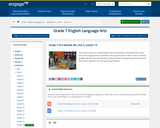
This lesson centers on comparing the risks and benefits of entertainment screen time, and a large portion is devoted to this cognitive task. In Work Time A, students grapple with the risks and benefits as they practice the speaking and listening skills they will be assessed on in the upcoming Fishbowl.
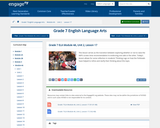
This lesson serves as the transition between exploring whether or not to raise the AAP’s screen time recommendation to endorsing one side or the other. Today’s lesson allows for some reflection in students’ Thinking Logs on how the Fishbowls have helped to refine and clarify their thinking about this topic.
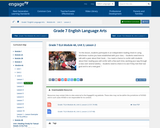
In this lesson, students participate in an independent reading check-in using whichever routine you have established with your class.